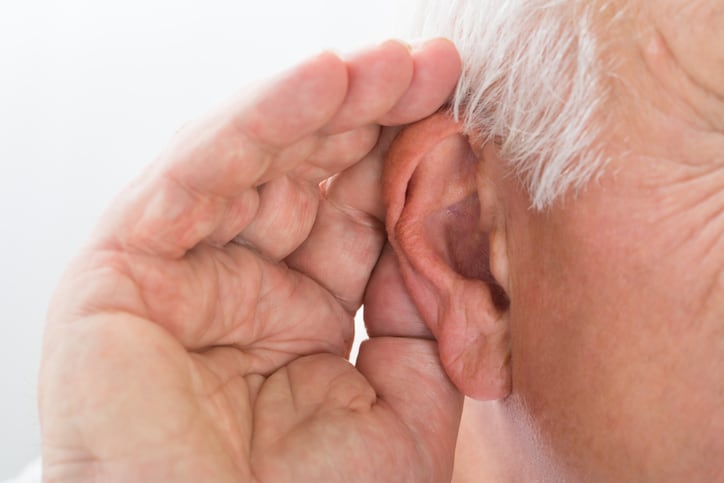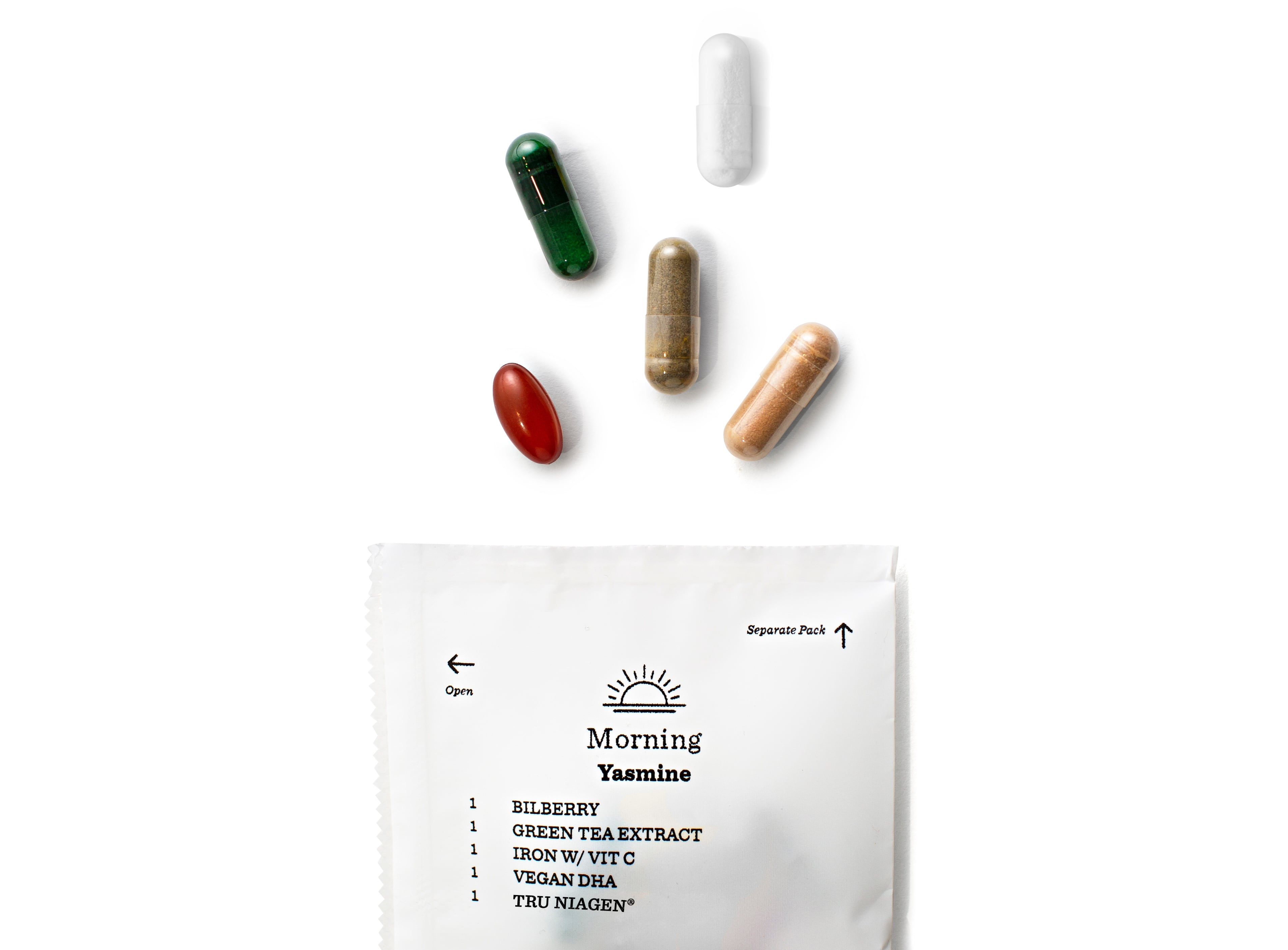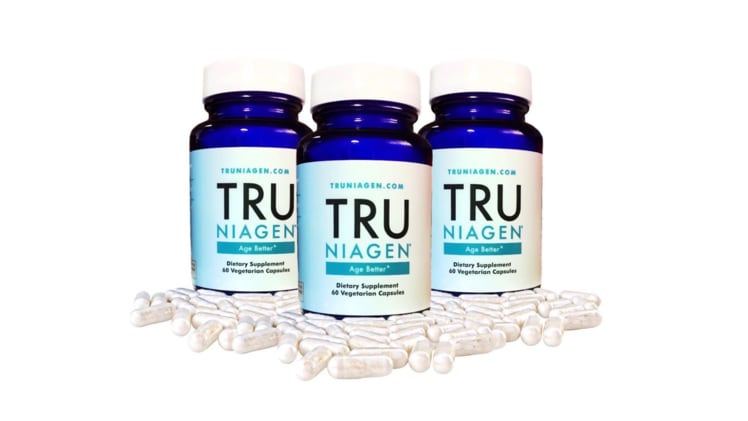The preclinical study was conducted by researchers associated with the National Institutes of Health as well as the National Institute on Deafness and Other Communication Disorders. It was published today in the journal Aging and Mechanisms of Disease, which is part of Nature Partner Journals.
The research, which was done in a mouse model, looks into the problem of hearing loss among the sufferers of Cockayne syndrome, which is a rare genetic condition in which suffers fail to thrive a variety of ways and age prematurely. Children with the syndrome have a poor prognosis, which depends on the subtype of the disorder. There are two main genetic variations of the disease. The most severe manifestation of the condition causes developmental delays from birth and death usually within 7 years.
The research also has implications for the healthy aging category generally. Hearing loss can be caused by obstructions in the ear canal or malformations of or damage to the middle ear, which contains a couple of tiny bones. Both of these can prevent sound vibrations from being properly transmitted to the inner ear.
Cell malfunction and death part of hearing loss process
Or, more commonly, hearing loss can be caused by the progressive death or malfunction of the sensory cells in the inner ear, which consist of hair follicles that sense the movement of the fluid in this portion of the ear as the eardrum is vibrated. This progressive cell death is part of the normal aging process and is referred to as age related hearing loss (ARHL). It can be accelerated by overexposure to loud noise or by conditions such as Cockayne syndrome.
Validated mouse models exist for the two genetic variations of Cockayne. These were used to test the effect of the Tru Niagen (nicotinamide riboside, or NR) on the rapid hearing loss caused by the condition. Up to 80% of Cockayne suffers experience hearing loss by age 10.
The ingredient was licensed by ChromaDex a number of years ago and in the meantime has become the subject of a large number of research partnerships. The ingredient was named Anti Aging Ingredient of the Year in NutraIngredients-USA's annual awards.
The ingredient’s main mechanism of action is to support NAD+ (nicotinamide dinucleotide) levels within cells, which forms a key part of the energy production pathway within the mitochondria. The degradation of this pathway is seen as one of the main ways in which cells become senescent and eventually die.
The mice were given NR in their drinking water for 10 days or 4 weeks depending on which variant of Cockayne they were modeling. The effective dosage varied depending on the size of the mice and equated to a human dose range of 2.48–4.96 mg/kg.
NR preserved neural structures
The researchers found that NR supplementation normalized the hearing loss observed in the syndrome, especially at higher frequencies. NR appeared to have done this by preserving the synaptic ribbons within the cells, which are specialized forms of neural synapses which enable the rapid transmission of stimuli to enable the brain to decode the many different frequencies and varying strengths of inputs arriving in the inner ear.
The finding has implications for the use of NR in ameliorating ARHL, they said.
“With the increasing prevalence of hearing loss in the aging population and the lack of therapeutic approaches for its treatment, the results of this study could ultimately, once successfully translated to the clinical arena, have a large public health impact. However, given that the cellular bioavailability of NAD+ declines upon aging, chronic NR supplementation may be necessary to achieve its full benefits,” the researchers concluded.
“The next step is to move this animal model research into a human trial,” commented commented Dr. Vilhelm A. Bohr, Senior Investigator, NIH National Institute on Aging, and study principal investigator.
Source: Aging and Mechanisms of Disease
6, Article number: 1 (2020)
Short-term NAD+ supplementation prevents hearing loss in mouse models of Cockayne syndrome
Authors: Okur MN, et al.




